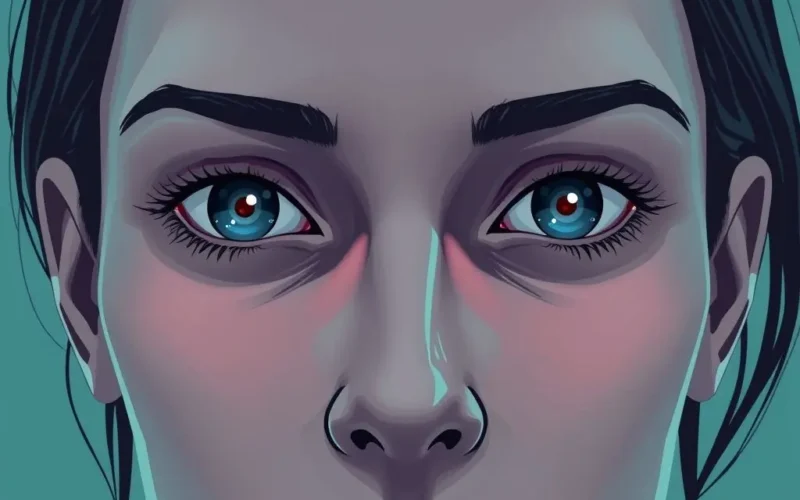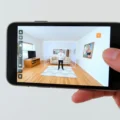In an age where digital trickery is evolving at lightning speed, it’s fair to ask: can your own eyes still tell fact from fiction? Deepfakes have burst onto the scene, transforming from glitchy curiosities into unnervingly convincing simulations of reality. They can make anyone appear to say or do anything, posing serious challenges to trust and truth online.
While advanced digital forensics are crucial for definitive verification, your natural pattern-recognition abilities are still a powerful first line of defense. Learning to identify the subtle visual imperfections often left behind by even sophisticated deepfake algorithms can empower you to be a more discerning viewer.
Sometimes, a quick visual rundown is all you need to get those detective gears turning. We put together a quick guide to some classic tells:
Ready to go deeper? Let’s break down these visual red flags and explore what to look for with a keen eye.
Table of Contents
The Windows to the Soul… and Their Flaws: Eyes
The eyes are often considered the most expressive part of the face, but ironically, they are frequently a weak point for deepfake generation. Real eyes are complex; they blink naturally, reflect light from the environment, and shift focus subtly. AI models sometimes struggle to replicate this organic complexity.
What to watch for:
- Unusual Blinking Patterns: Humans blink at irregular intervals, typically between 15-20 times per minute, but this varies greatly depending on activity. Deepfakes might show unnatural blinking frequency (too much, too little, or overly regular) or lack blinking entirely. Pay attention to whether the blinks seem timed or jerky.
- Uncanny Stillness or Jerky Movements: An unnervingly steady gaze that never seems to shift or tiny, unnatural twitches and jumps in eye position can be tells. Eyes might not follow the direction of the head or body naturally.
- Reflections and Shadows: Check the pupils and the surface of the eye. Do they reflect light sources in the environment realistically? Are the reflections consistent in both eyes? Sometimes, reflections are missing entirely, or they appear distorted or static. Shadows cast by eyelashes or eyelids should also look natural and consistent with the overall lighting.
- Pupil Inconsistency: Are the pupils the same size? Do they react realistically to changes in apparent light levels in the scene?
Eyes are highly sensitive features, and even small rendering errors can make a synthetic face look ‘off’.
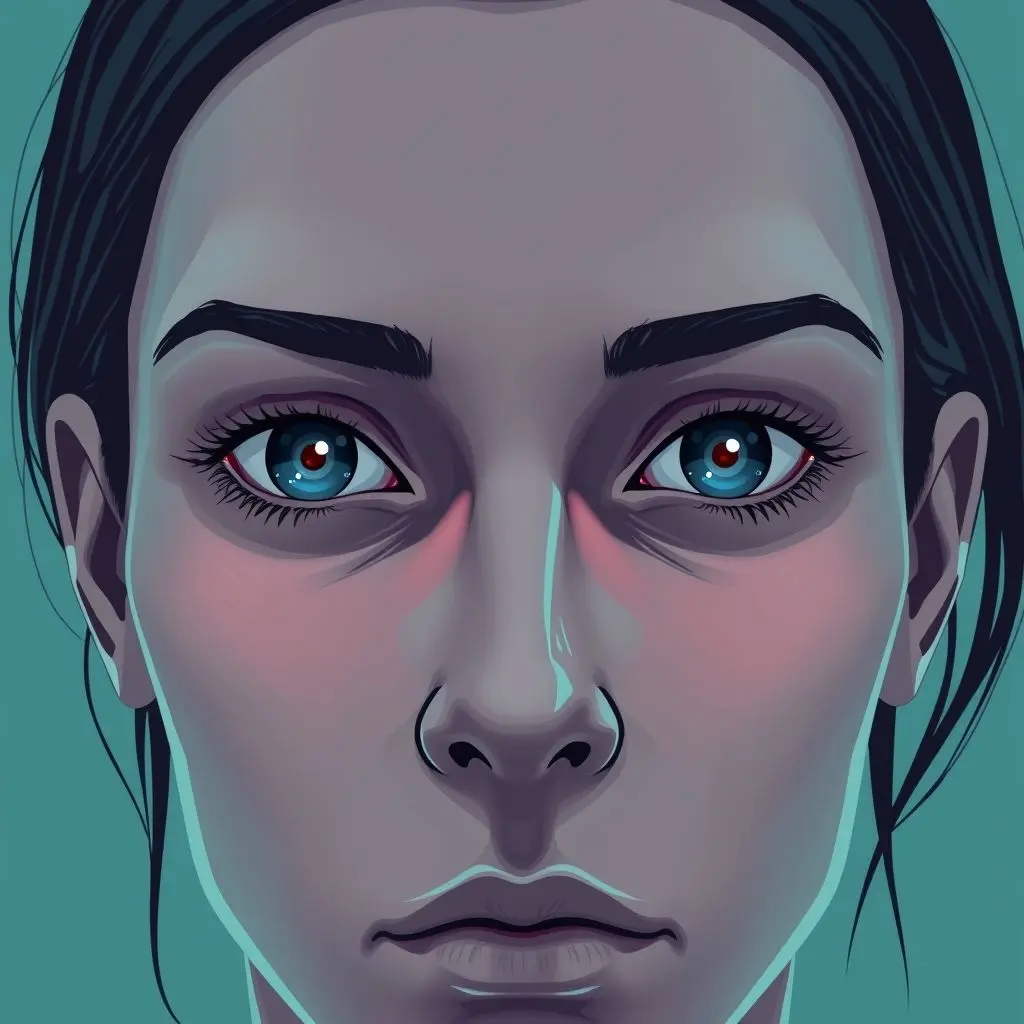
Edges Give Them Away: Hair and Fine Details
Rendering fine details like individual strands of hair, wisps, or sharp edges where the face meets clothing or the background is computationally intensive and often reveals deepfake artifacts.
What to watch for:
- Blurry or Jagged Edges: Around the hair, ears, or jawline, look for areas that seem unnaturally blurry, pixelated, or jagged. The transition from the subject to the background might be too sharp or too soft.
- Floating Hair or Disconnected Elements: Does the hair seem to slightly ‘float’ or have a halo effect around it, as if it’s not quite attached to the head? Are elements like earrings or glasses slightly detached or unstable?
- Inconsistent Detail: The face might be rendered in high detail, but the hair is a blurry mess, or vice versa. Real-world optics usually dictate a more consistent level of detail across the subject unless specific focus effects are in play (which should also look natural).
These edge anomalies often result from the AI trying to seamlessly blend a generated face onto a different body or background.
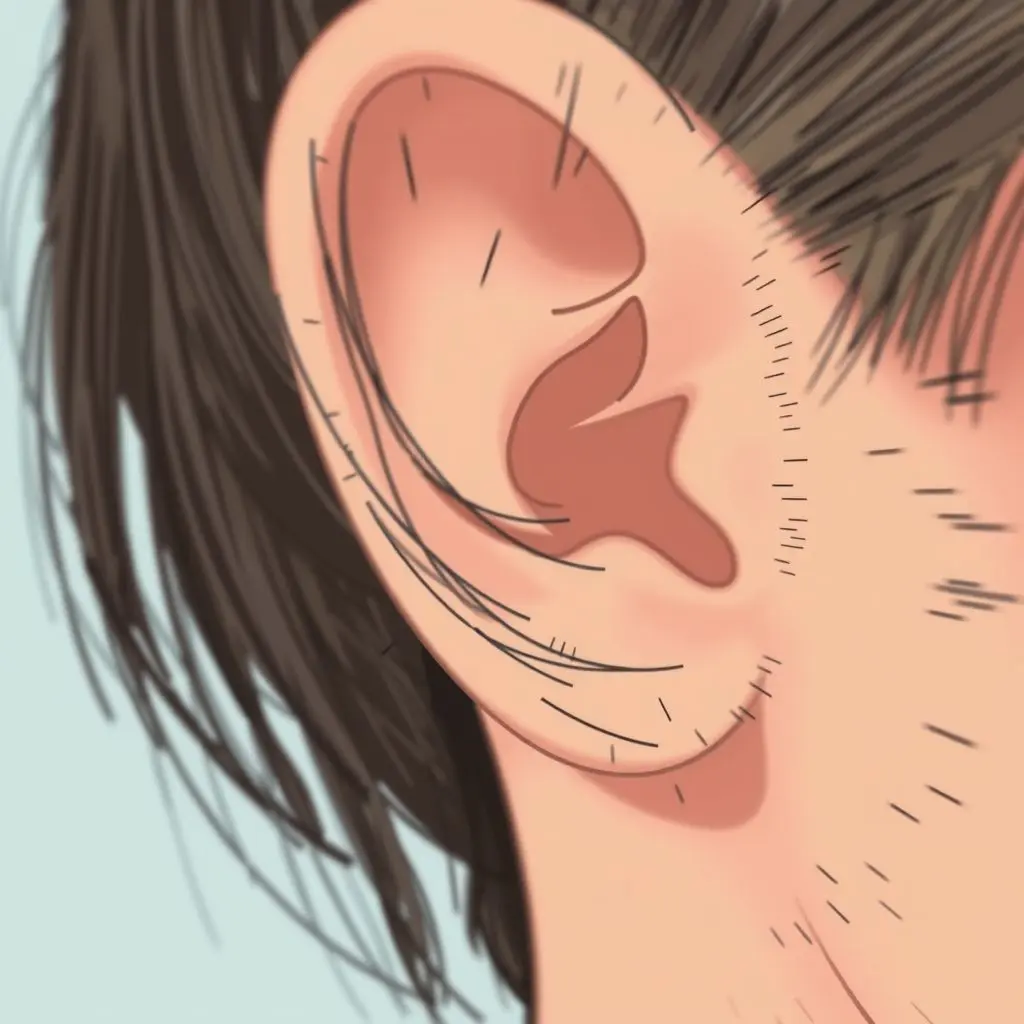
More Than Skin Deep: Texture and Tone Anomalies
Our skin is far from perfect. It has pores, blemishes, wrinkles (even subtle ones), variations in tone, and reacts to lighting in complex ways. Deepfakes can sometimes miss this natural complexity, leading to unnatural skin textures.
What to watch for:
- Excessive Smoothness or ‘Plastic’ Look: Skin that appears too smooth, lacking pores, fine lines, or natural texture can be a red flag. It might look like a heavily airbrushed photograph or someone wearing too much makeup.
- Blotchy Patches or Unnatural Coloring: Conversely, some deepfakes might exhibit weird blotchy areas, inconsistent skin tone across different parts of the face (e.g., forehead color doesn’t match the cheeks), or strange color casts that don’t match the environment’s lighting.
- Lack of Consistency with Environment: Does the skin look like it belongs in the scene? Is it reacting to the scene’s lighting conditions (e.g., sweating, glistening in heat, flushed in cold)?
The ‘uncanny valley’ effect is often strongly felt when skin texture looks just slightly *wrong*.
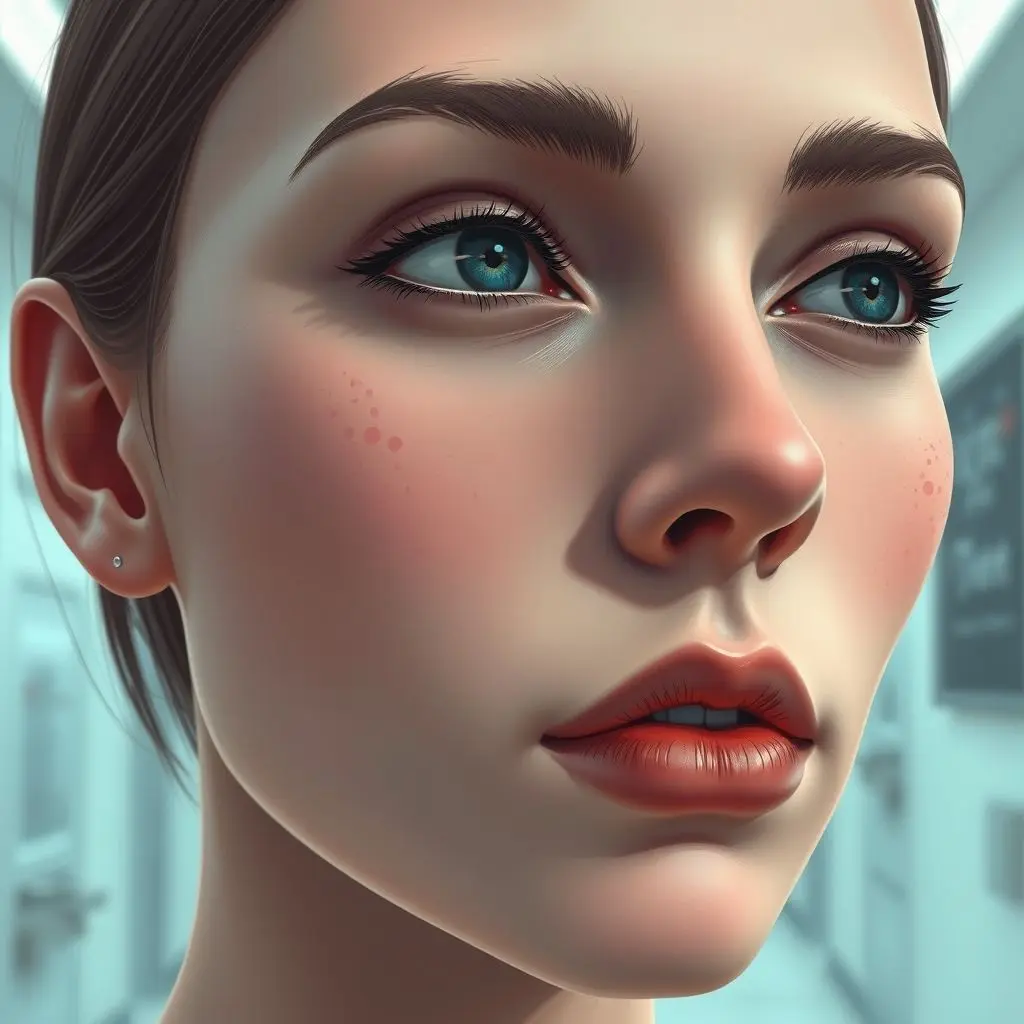
Casting a Shadow of Doubt: Lighting Inconsistencies
Lighting is one of the hardest aspects for AI to get right consistently. In the real world, light sources create predictable shadows and highlights based on their position and intensity relative to the subject and the environment. Deepfakes often fail to replicate this complex interaction.
What to watch for:
- Mismatched Shadows and Highlights: Do the shadows on the face fall in a direction that makes sense given the apparent light sources in the scene? Are highlights appearing where they should? Sometimes, lighting on the face seems flat, or highlights/shadows appear where they shouldn’t, independent of the background lighting.
- Inconsistent Lighting on Face vs. Body/Environment: The generated face might appear lit from one direction, while the body or background shows lighting from a completely different angle or with a different color temperature.
- Unnatural Flickering or Shifting: The lighting on the face might subtly flicker, change intensity, or shift direction unnaturally between frames.
Lighting is a crucial element of visual realism, and getting it wrong is a major giveaway.

Beyond the Core Visuals: Other Potential Tells
While eyes, edges, skin, and lighting are key, other areas can also exhibit artifacts:
- Mouth and Teeth: Unnatural lip movements that don’t match the speech (if any), strange tooth shapes, unnatural spacing, or a mouth that looks ‘glued’ on.
- Facial Expressions: Limited emotional range, unnatural or jerky transitions between expressions, or expressions that don’t seem to fit the context or audio.
- Background Anomalies: Look at the area immediately surrounding the deepfaked subject. Are there strange distortions, inconsistencies in focus, or elements that pop in and out?
Important Considerations and Disclaimers
It’s vital to understand that deepfake technology is rapidly advancing. The tells mentioned above are becoming less pronounced in more sophisticated fakes. Relying solely on visual cues is not foolproof. These tips are best used as a starting point to raise suspicion and prompt further investigation.
Always consider the source of the video, look for accompanying audio (which can also have tells), and check if the information presented aligns with reputable news sources or known facts. Context is king.
These visual clues are shared for educational purposes to help you become more aware of the potential for synthetic media. Do not use this information to make definitive accusations without professional verification.
Frequently Asked Questions About Spotting Deepfakes Visually
Are these visual cues always present in deepfakes?
No. More advanced deepfake models are getting better at rendering these details correctly. The absence of these specific flaws doesn’t automatically mean a video is real, just as their presence is a strong indicator of manipulation.
Can I spot deepfakes on a small phone screen?
It’s much harder. Many of the tells require examining fine details like pixelation around edges or subtle changes in texture. Viewing the video at a higher resolution on a larger screen, if possible, can help.
Does poor video quality make deepfakes harder or easier to spot?
Poor quality can make it harder to distinguish between compression artifacts (blurriness, blockiness present in legitimate low-quality video) and deepfake tells. However, sometimes compression can also exacerbate deepfake flaws, making them more apparent.
Are there automated tools to detect deepfakes?
Yes, researchers and companies are developing AI-powered detection tools. These often analyze video metadata, pixel-level inconsistencies, and other digital footprints not visible to the naked eye. However, detection technology is in a constant race with generation technology.
Do all videos showing these flaws mean they are deepfakes?
Not necessarily. Poorly edited legitimate videos, low-resolution footage, or even specific camera artifacts can sometimes mimic these signs. The more signs you observe, the higher the probability of it being manipulated, but it’s not a definitive diagnosis without deeper analysis.
Sharpening Your Digital Vision
As digital media becomes more sophisticated, so must our ability to critically evaluate what we see. By training your eye to look for these visual inconsistencies – the strange blink, the fuzzy hair, the too-smooth skin, the rogue shadow – you equip yourself with essential tools for navigating the modern information landscape. Think of it as enhancing your own built-in truth serum. Stay vigilant, question what looks ‘off’, and trust your instincts when something feels uncanny.
